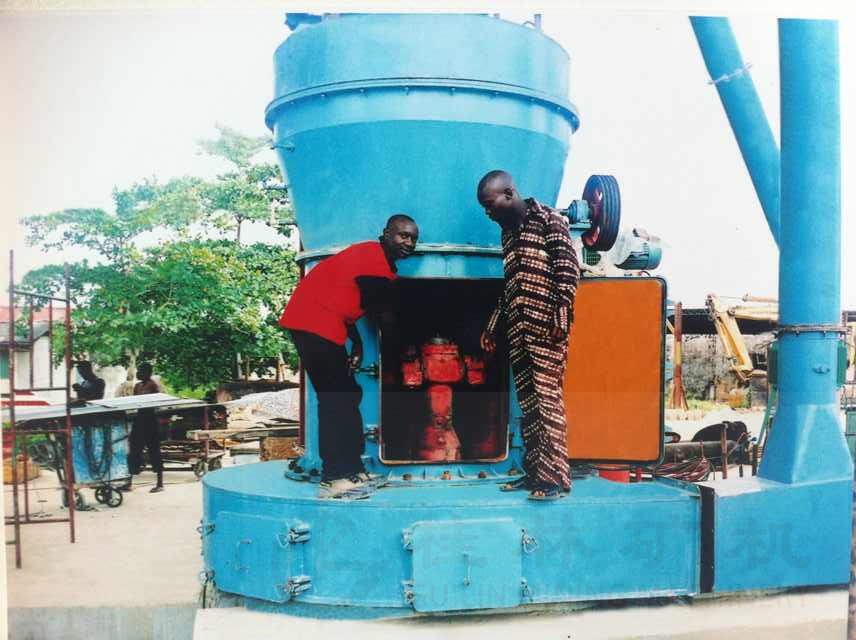Pumice / volcanic pumice is a pollution-free environmental protection material that plays an irreplaceable role in construction, grinding and water conservancy. It is a variety of stone materials formed by volcanic minerals and glass after volcanic eruption. Nowadays, pumice is used more and more.
Pumice is a kind of vitreous lava with dense pores formed by the rapid cooling of magma in the process of volcanic eruption, due to the rapid reduction of pressure and the rapid overflow and expansion of internal gas. Its pore volume accounts for more than 50% of the rock volume.
It is called pumice because it has many pores, light weight and can float on the water surface.
It is characterized by high strength, heat preservation, heat insulation, sound absorption, fire resistance, acid and alkali resistance, corrosion resistance, and no pollution, no radioactivity, etc.
Pumice develops a large number of pores, resulting in a very small proportion of rock, which is generally smaller than water, and can float on the water surface.
Of course, in fact, there is no volcanic stone in geology. It is generally called volcanic rock, which refers to the rock formed in the form of volcanic eruption.
1. Biochemical stability: pumice is corrosion-resistant and generally does not participate in the chemical reaction of biofilm in the environment.
2. Surface electricity and hydrophilicity: pumice has a positive charge on the surface and has strong hydrophilicity, which is conducive to microbial growth.
3. Impact on biofilm activity: as a biofilm carrier, volcanic rock biofilter material is harmless and non inhibitory to the fixed microorganisms, and practice has proved that it does not affect the activity of microorganisms.
Raymond Mill
The machines that can be used to process volcanic pumice stone mainly include: crusher, grinding mill, conveyor, powder separator, reducer, screening machine, etc.
At present, the processing of pumice powder mainly adopts Raymond mill, which can grind powder to about 200 mesh, and the pumice powder with higher fineness needs to use ultra-fine mill.
Raymond Mill

Max feeding size: 35mm
Discharge fineness: 0.613-0.033mm
Capacity: 0.2-50 t/h
Range of application: Pumice, Barite, quartz, feldspar, mica, calcite, talc, apatite, gypsum, fluorite, limestone, dolomite, diatomite, ceramic soil, clay, marble, granite, fly ash, kaolin, calcium carbonate, slag, bauxite, glass, etc.
Applicable material hardness: Mohs hardness is less than 6.
Applicable to material humidity: less than 6%
Performance characteristics:
1.Ertical structure, so it has small footprint, strong system.
2.Compared with other mills, Raymond Mill has high passing rate – 99%.
3.Adjustable particle size:80-325mesh
4.The main drive device of Raymond mill adopts airtight gear box and belt pulley, the transmission is stable and the operation is reliable.
5.Important components are made of high quality castings and profiles, ensuring the durability of the whole equipment.
6.The centralized control is used in the electric system, the mill can basically realize unmanned operation, and the maintenance is convenient.












